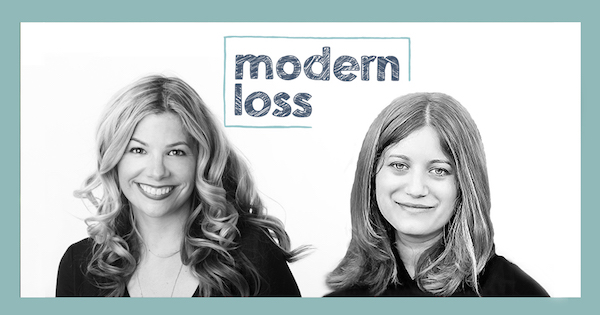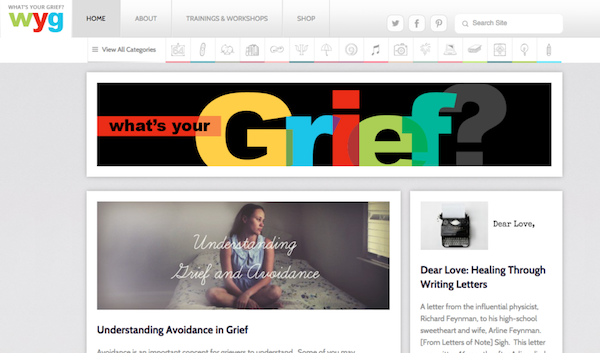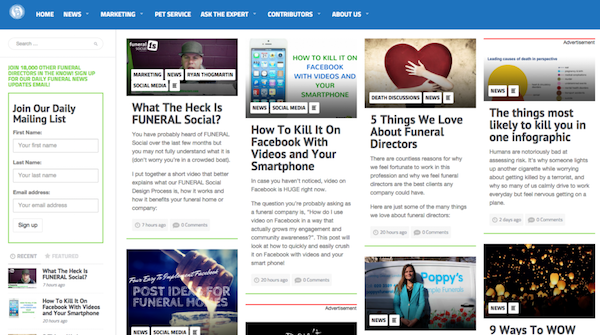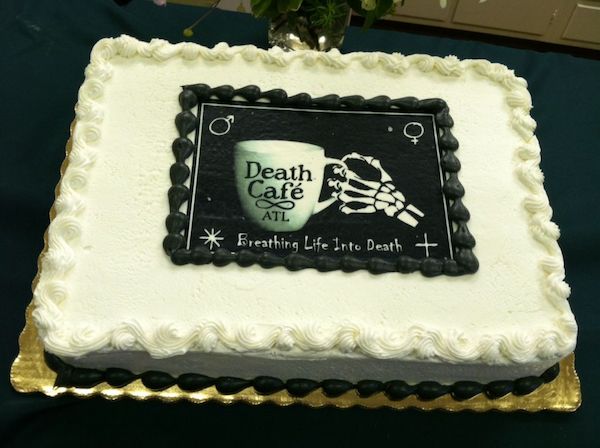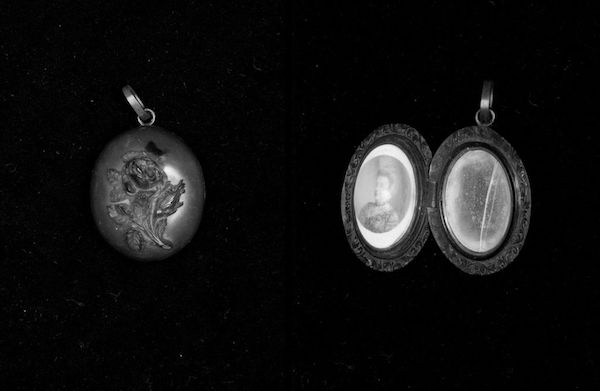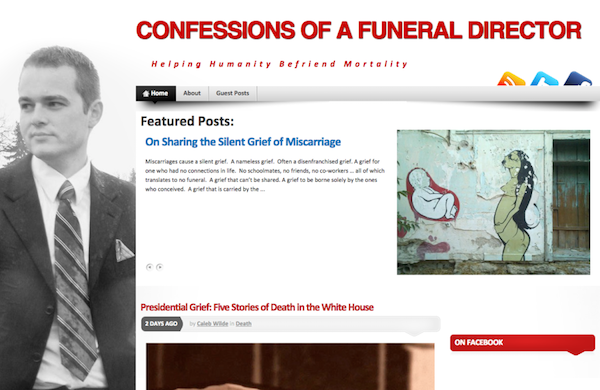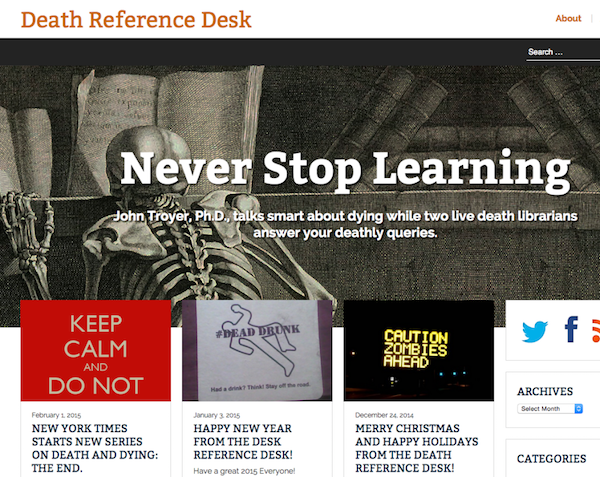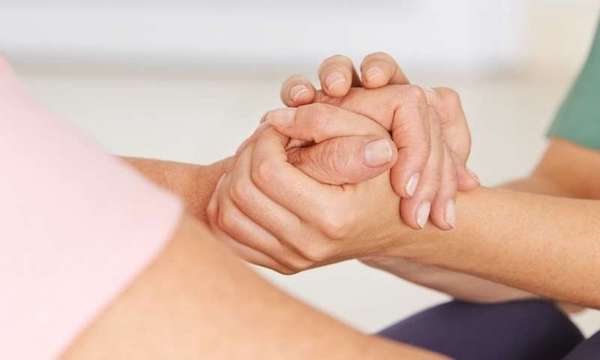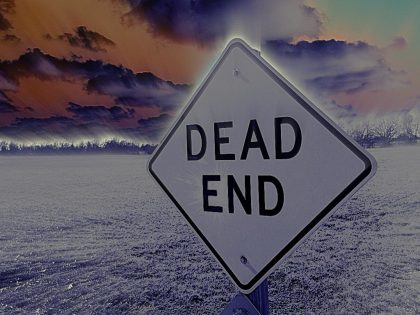
By Erin Donovan
[I]n early 2015, my mom was in a car wreck. She sustained extensive injuries and died two weeks later. I was 35 at the time, surrounded by chaos, and had no idea what I was doing.
You hate to look on the bright side of life-altering tragedy, but I’m still so grateful to my mom for having her affairs in order. Because her accident was so sudden, it took a few days to locate her end-of-life documents. Once we did, it felt like there was a shift in my brain chemistry. We now had guidelines to help us respond to this terrible, traumatic event.
A lot of people believe it’s too difficult or macabre to think about, much less plan for, your own death. But confusion, exhaustion, and terror are the norm in the wake of enormous loss. Planning ahead helps reduce your family’s stress when they’re already in their own personal hell.
If you have a contentious relationship with your family of origin, it’s extra important for you to draw up wills and other relevant legal documents. If something terrible were to happen to you, somebody you don’t like or respect but happen to share blood with may have more say than the people who are actually important to you. Paperwork can help prevent that.
Here is an overview of how to prepare for the (inevitable) worst:
Your Last Will and Testament
Most of us learn about wills from television, though I’m not sure there’s actually ever been a dramatic scene immediately after a funeral where a lawyer sits down with a bunch of people and parcels out the deceased’s belongings.
A will serves two functions:
- To appoint an executor of the estate
- To express the deceased’s wishes about distribution of assets
It doesn’t matter how much or how little a person had in this world. When they die, their assets and debts become the property of “the Estate of [Deceased Person].” An executor of an estate is the person put in charge of making sure the estate is handled properly—which does sometimes come down to parceling out the deceased’s belongings.
You should know that, even if you say “please leave all my money to these people or this organization,” if you die with a bunch of debt, it’s likely the debt will have priority over your wishes.
A durable power of attorney
This document outlines how incapacitated you have to be to let some (specific) person handle your money. Even if you don’t want anyone else to touch your money, consider the logistics; setting up a power of attorney lets someone else sign checks to pay your light bill or rent, for example, without technically committing fraud. (We always forget about the little stuff.)
You have to specifically appoint a person for this role. Once you die this document ceases to be of any value and the executor of your estate takes over.
Your medical directives
This document lays out the manner in which you wish to live vs. do not wish to live. These documents vary massively by state. In general, states with Right to Die laws will have more much more detailed requirements. If you draft a medical directive in one state and then wind up becoming grievously ill or injured in another state, they should still honor the spirit (if not the letter) of this document.
I did mine in Oregon. It’s a three-page list of yes/no scenarios. You have to consider your own mortality, but other than that, it’s really not that daunting. All you have to do is express what you’d like to happen to you, should the worst happen.
You have to specifically appoint a person to execute your medical directives as well. A doctor will not look at this document and enforce it based on their own judgments about your condition. So make sure the person you appoint to do this is someone who understands your wishes and respects your values, because this document will empower them to either enforce or override your choices.
An estate attorney
A will, a durable power of attorney, and a medical directive should all be drawn up with a lawyer. The people that specialize in this area of the law are called estate attorneys. The estate attorney should be able to tell you upfront how much it will cost to draw these documents up and a lot of times you can work out a payment plan with them.
This attorney will keep a copy of each of these documents in their files. You should also keep copies in a safe place that other people know about and can access should you be in a medical crisis and unable to communicate. It may also be wise to give copies to the people who have appointed roles in your end-of-life documents.
Life insurance
You should have life insurance if you have any outstanding debts or dependents. My understanding is that your life insurance should equal your debt + five years of your salary + your child’s/children’s estimated college tuition, but do your own research on what’s best for you—and do some research on which of your debts are forgiven in death and which are not.
If you have no major debt and no dependents, you could skip the life insurance part, but keep in mind that life insurance beneficiaries can also be parents or other relatives, all of whom could probably use the money—especially if they are anticipating support in their retirement years and/or paying for the cost of your funeral.
Love letters
Any final lovely words you want to write to the wonderful people in your life? Better yet, any petty stuff you want to make sure you get the legit last word on? Write it in a letter, seal it in an envelope and keep with the other documents.
Lists of accounts, important contacts, assets and debts
Accounts: A list of all your credit cards, checking and savings accounts, including where they’re held and branch information if necessary.
Important contact info: The attorney who helped draft your legal documents, your doctor, your health insurance, your pet’s veterinarian, etc. If someone had to suddenly take over your whole life, what do they need to know?
Assets: Retirement accounts, a 401(k) program at your work, any property you might own (with the mortgage holder listed), savings bonds, certificates of deposit, etc. You can leave out the account numbers if you have privacy concerns; what you’re really doing is making a road map for whoever will be handling your affairs.
Debts and bills: Student loans, credit cards, mortgages, auto loans, etc. Don’t forget your rent, utilities, subscriptions, child support, memberships, and donations that auto-renew. List every single thing that bills out of your account monthly, quarterly, annually.
Update this information every time you change your clocks and put the revision date at the top. (Also, change your smoke alarm batteries while you’re at it.)
Funeral preparations and preferences
You can get as specific as you want with this, but at the bare minimum let people know if you want a burial or cremation and where you want your remains to go. (Especially if you come from a large family or if there are any religious or cultural differences to consider.)
Obituary draft
Obituaries have to be filed for a few reasons. Many states have public disclosure laws for debt collection that require an obituary. Also, people might want to come to your funeral (or at least know you died) who aren’t in your immediate social and family circles. Draft a super basic obituary that includes where you were born along with the names of your parents, siblings, children, etc. A few broad strokes about your life, where you went to school, worked, what you enjoyed doing, etc.
It’s going to be painful for your loved ones to write about you in the past tense, so giving them a rough draft can be very helpful—especially because the obituary usually has to be written immediately after a person’s death.
Make sure people know where this stuff is!
Keep it somewhere secure. But let the right people know how to access it. A fireproof safe in your house? Make sure someone knows where the keys are. A safe deposit box? Make sure someone else has access to it. In a folder on your laptop labeled “Death Prep?” You’d better give someone else the password and the file path. Under the floorboards? Whatever, just make sure people can find it and have access to it if you are suddenly incapacitated.
Final note
The less mess you leave for someone to clean up, the less you’ll complicate the grief for people who love you. All the secrets you have stashed around your life? Someone has to clean that up. Know that the dead have zero privacy; all of your porn, medical history and drug habits will be 100 percent somebody else’s business now. Appoint an executor who has some chill, and good luck in the next plane of existence.
Disclaimer: I’m not a lawyer, nor a financial advisor. I’m terrible at math and I hate dealing with people. This is not professional advice and you should definitely pay an actual grown-up $200/hour to explain how the basic tenets of our society functions because your pain, fear and confusion is the grease that keeps the ruthless machine of capitalism churning. Above all, do not sue me if you mess up your own life!
Complete Article ↪HERE↩!







